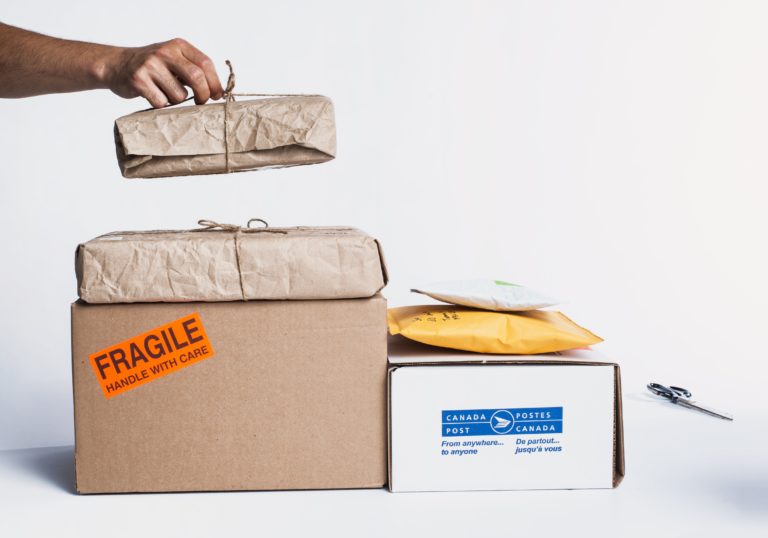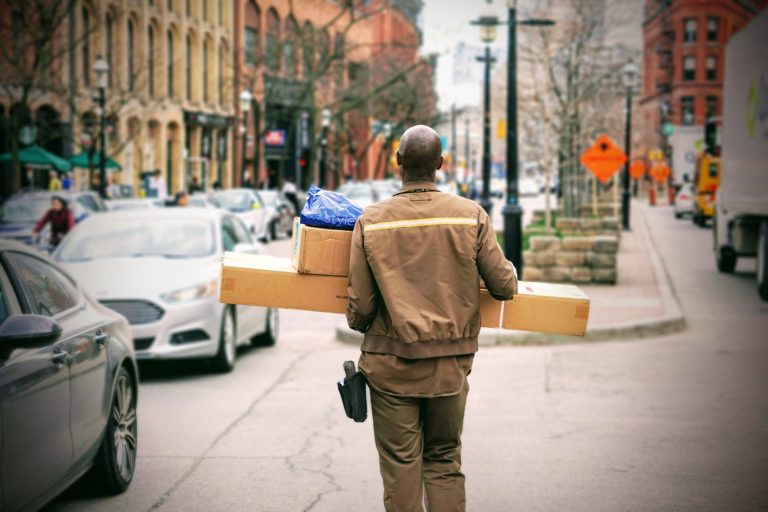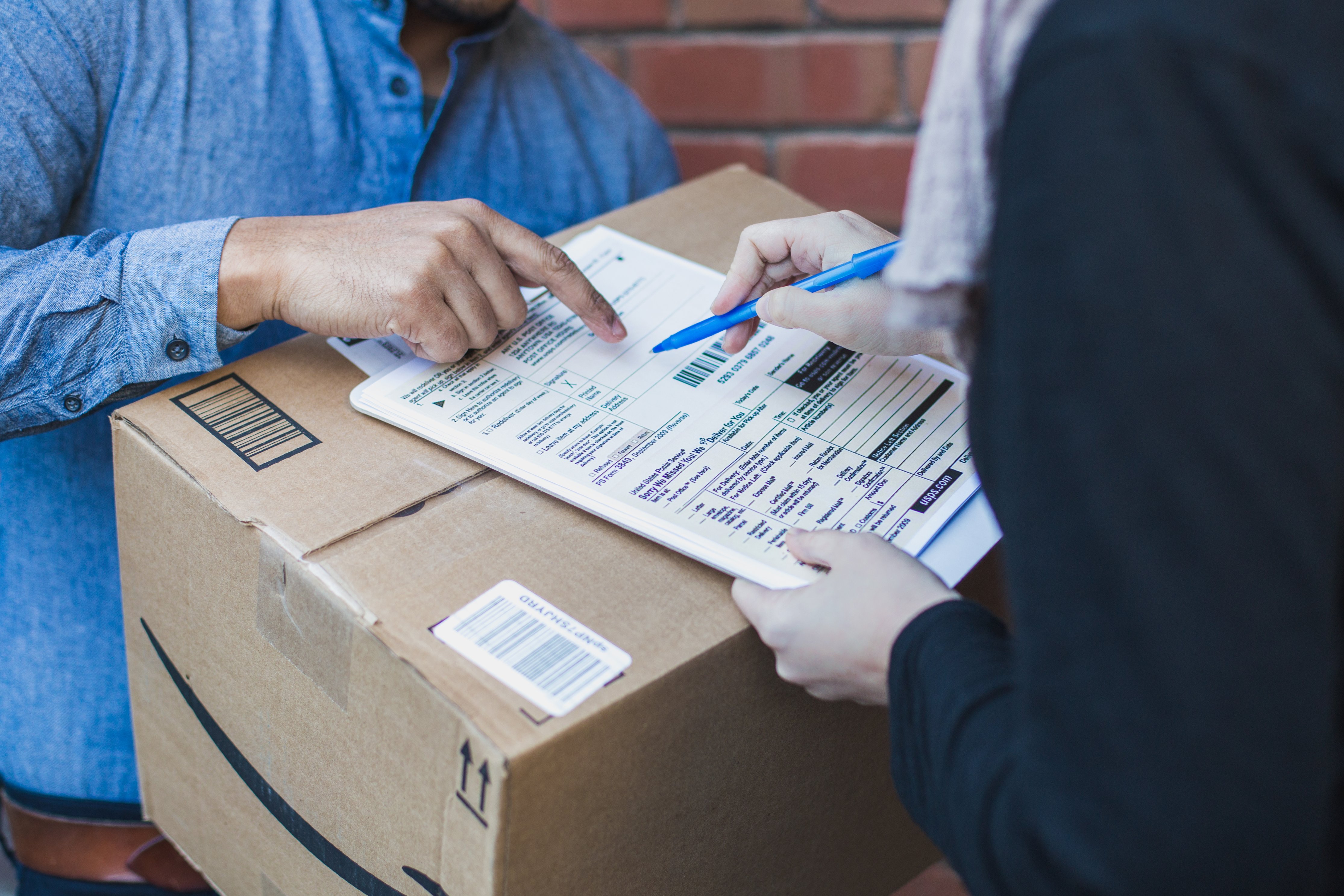What is Last Mile Delivery- A complete Guide
What is Last Mile Delivery?
When we use the term “last mile delivery” we’re often met with blank stares or a confused look. Not ideal since our business focuses on solving the issues of the current last mile delivery system. So we are taking it upon ourselves to provide a complete guide and shed some light on the matter: What is Last Mile Delivery?
Last mile delivery is the shipment of goods from a major fulfillment center or warehouse to its final delivery destination. Typically, the drop off point is a home or small business. Whether you know it or not, you have been aware of last mile delivery. Last mile delivery grows in importance because the customer expects deliveries to arrive faster than ever before. Companies realize delivery speed is crucial to keeping business. Because of expectations, updating the last mile delivery model remains a priority for companies.
Why Is Last Mile Delivery Important?
Since 2013, online purchases have increased by over 30%. The increase is driven by big players in the market like Amazon, Target, and Walmart. Everyone else has been forced to adapt and follow the skyrocketing trend of e-commerce.
Customers expect efficiency so e-commerce companies are still looking for ways to cut the costs of last mile deliveries. The cost for last mile delivery can add up quickly and is easily the most expensive part of the entire shipping process. This has made last mile delivery, and more importantly, disruption in last mile delivery, vital for retailers and 3rd party delivery services.

How Is Last Mile Delivery Changing?
1. App Based Delivery and Gig Economy
Because of inefficiencies from traditional delivery companies, last mile startups have appeared to provide a cheaper, faster option. From food to large item delivery, crowdsourced delivery is becoming a viable and popular option.
Bungii is in the middle of how the gig economy is changing delivery. Whether you’re buying a mattress from a store, need to get a craigslist purchase home, or anything in between– Bungii is a perfect option when you need a friend with a pickup truck.
The reason why the Bungii app, and other app based delivery services, have been successful is because most stores and large item retailer cannot provide same day delivery at an affordable price. It’s not uncommon for stores to have a 1-3 week waiting period before delivery.
A long wait time for delivery can contribute to lost sales. That’s why crowd sourced services are welcomed to the space and disrupting last mile delivery. The consumer can get their purchases home same day or next day, and the retailer can close a sale because of the extra delivery resources available.
2. Improved Package Tracking
Traditional delivery services like the USPS, FedEx, and UPS are still effective, but they often take days to delivery and are unable to move extra large items in their trucks. This leaves room for disruption. To improve their offering, last generation delivery companies have added features that regional or local companies can’t provide. The most successful feature added has been step by step tracking. The extra visibility ensures accountability at each stage of the delivery and increases trust from the customer.
3. In-House Delivery
Businesses have started to hire their own drivers and trucks to help ease the pain of paying high prices for traditional local delivery. Although upkeep of vehicles and pay for more employees bring their own issues, some businesses find it worth the investment so they avoid the high prices and slow turn around time of standard delivery.
4. Warehouses in Major Cities
Amazon made the blueprint of how effective fulfillment centers in high ordering areas can improve efficiencies. It has allowed rapid order fulfillment in major cities, including 2 hour delivery windows. Because of Amazon’s success, other companies have followed suit and are implementing warehouse networks in major urban and metro areas. Shortening the distance from warehouse to final destination costs less and can shorten delivery time to same-day or next-day delivery.

What is the Future of Last Mile Delivery?
The last mile industry outlook looks bright, although somewhat undefined. While some of the top ecommerce companies invest in self-driving delivery vehicles, that option seems to be a ways down the road. A more immediate and viable option for improvement in the last mile delivery space is using A.I. algorithms to anticipate the needs of consumers before an order is ever placed. Along with the warehouse infrastructure in place, anticipating the needs of a city or entire region based off past trends can push the boundaries of efficiency for retailers.
Last mile logistics are constantly changing, but now that you’ve got the lowdown on what last mile delivery is, you can find new ways to make it work better and more efficiently for you.




